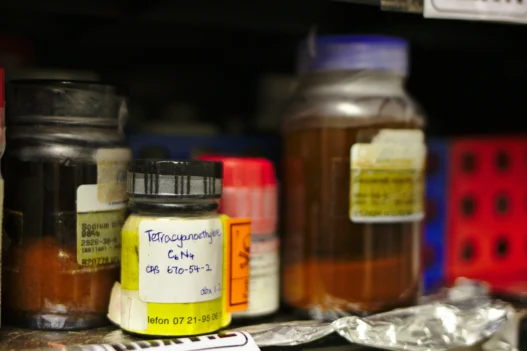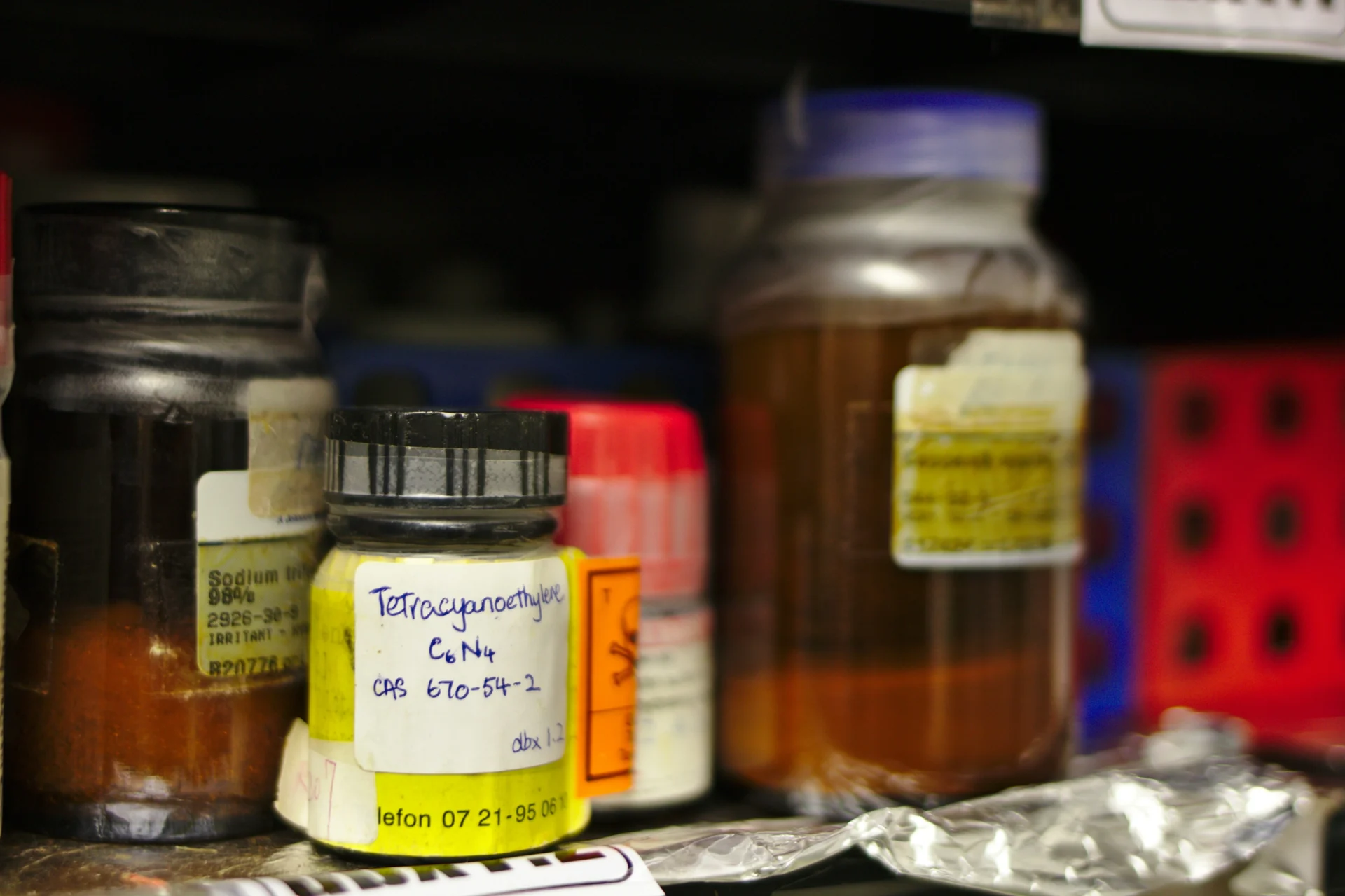2-Chloroanisole is a chemical compound that is commonly used as a flavoring agent in food and beverages. Its relevance to everyday life lies in its ability to impart distinct aromas and flavors to a variety of consumer products. Additionally, 2-Chloroanisole is also utilized in the manufacturing of perfumes and fragrances, further highlighting its significance in our daily experiences.
Table of Contents:
- 💡 Commercial Applications
- ⚗️ Chemical & Physical Properties
- 🏭 Production & Procurement
- ⚠️ Safety Considerations
- 🔬 Potential Research Directions
- 🧪 Related Compounds
💡 Commercial Applications
2-Chloroanisole, also known as o-chloroanisole, is primarily used in the commercial and industrial sector as a key intermediate in the synthesis of various chemicals. Its versatile applications include its use in the production of pesticides, herbicides, and pharmaceuticals.
In addition to its commercial and industrial applications, 2-Chloroanisole also has significant drug and medication applications. It is commonly used as an intermediate in the manufacture of pharmaceutical compounds, particularly in the synthesis of antihistamines and other medications that require a chlorinated aromatic compound as part of their structure.
Overall, 2-Chloroanisole plays a crucial role in various industries due to its unique chemical properties and versatile applications. Its presence in the commercial and industrial sectors as well as its role in drug and medication synthesis make it a valuable compound in numerous applications.
⚗️ Chemical & Physical Properties
2-Chloroanisole is a colorless to pale yellow liquid with a sweet, aromatic odor reminiscent of anise or licorice. This compound is commonly used as a flavor and fragrance ingredient due to its pleasant smell.
With a molar mass of 156.59 g/mol and a density of 1.175 g/cm³, 2-Chloroanisole falls within the typical range of molar masses and densities of common food items such as sugar and salt.
2-Chloroanisole has a melting point of -43°C and a boiling point of 188°C. These values are significantly higher compared to common food items, which usually have melting points and boiling points around or below room temperature.
2-Chloroanisole is sparingly soluble in water and exhibits low viscosity. This contrasts with common food items that are typically more soluble in water and have a higher viscosity.
🏭 Production & Procurement
2-Chloroanisole is typically produced through the chlorination of anisole, a compound derived from phenol. This process involves the reaction of anisole with chlorine gas in the presence of a catalyst, such as iron chloride. The reaction results in the substitution of a hydrogen atom in anisole with a chlorine atom, yielding 2-Chloroanisole as the final product.
To procure 2-Chloroanisole, one can acquire it from chemical suppliers that specialize in aromatic compounds. The compound is often available in liquid form or as a solid, depending on the specific requirements of the buyer. Transportation of 2-Chloroanisole is typically conducted in sealed containers to prevent leakage or contamination during transit. Special precautions may be necessary to ensure the safe handling and transport of this chemical compound due to its potential hazards.
⚠️ Safety Considerations
Safety considerations for 2-Chloroanisole include the fact that it is a flammable liquid with a flash point of 47°F. It may form explosive peroxides in contact with air and light, and can react violently with oxidizing agents. It is also harmful if swallowed or inhaled, causing irritation to the respiratory system, skin, and eyes. Proper protective measures, such as wearing gloves and safety goggles, should be taken when handling 2-Chloroanisole to prevent skin and eye irritation.
The hazard statements for 2-Chloroanisole include “Causes skin irritation,” “Causes serious eye irritation,” and “Toxic if swallowed or inhaled.” It is important to note that prolonged or repeated exposure to 2-Chloroanisole may cause damage to organs through prolonged or repeated exposure, and may be harmful to aquatic life with long-lasting effects. It is advisable to handle this compound with caution and adhere to safety protocols when working with it.
Precautionary statements for 2-Chloroanisole include “Wear protective gloves/eye protection/face protection” and “Avoid breathing dust/fume/gas/mist/vapors/spray.” It is recommended to keep the compound in a well-ventilated area, away from heat, sparks, and open flames. Additionally, it should be stored in a tightly sealed container and handled with care to minimize the risk of exposure. Proper disposal methods should be followed for any unused or expired 2-Chloroanisole to prevent environmental contamination.
🔬 Potential Research Directions
One potential research direction for 2-Chloroanisole could involve investigating its applications as a building block in organic synthesis. Understanding the reactivity of this compound with various nucleophiles and electrophiles could lead to the development of new reactions and synthesis pathways.
Another possible research avenue for 2-Chloroanisole is exploring its role as a precursor for the synthesis of biologically active compounds. By studying the transformation of 2-Chloroanisole into functionalized derivatives, researchers may discover new drug candidates or agrochemicals with improved properties and biological activities.
Further research could focus on the environmental fate and toxicity of 2-Chloroanisole. Investigating its degradation pathways in various environmental matrices, as well as its potential impact on living organisms, can provide valuable insights for risk assessment and environmental management strategies.
🧪 Related Compounds
One compound similar in structure to 2-Chloroanisole is 2-Bromoanisole. In this compound, a bromine atom substitutes for the chlorine atom in 2-Chloroanisole, resulting in a similar molecular structure.
Another related compound is 2-Iodoanisole, where an iodine atom replaces the chlorine atom found in 2-Chloroanisole. This substitution results in a compound with a molecular structure similar to 2-Chloroanisole.
Additionally, 2-Fluoroanisole is a compound comparable to 2-Chloroanisole in terms of molecular structure. In this compound, a fluorine atom takes the place of the chlorine atom, creating a similar chemical structure to 2-Chloroanisole.









